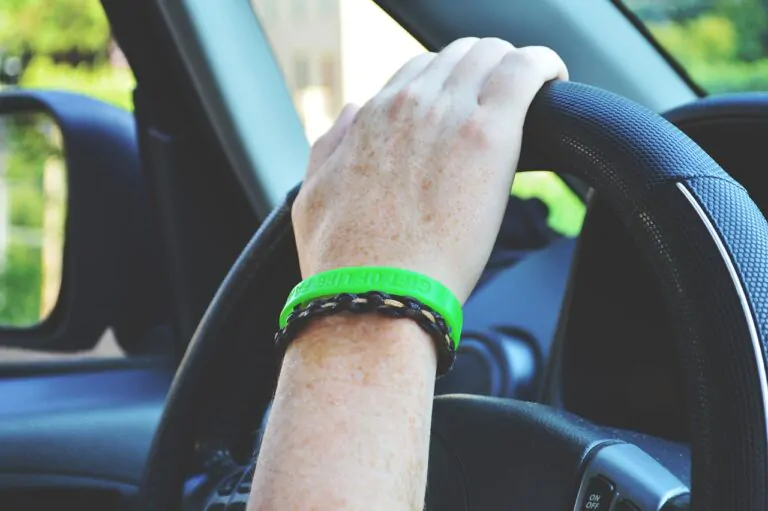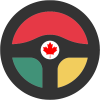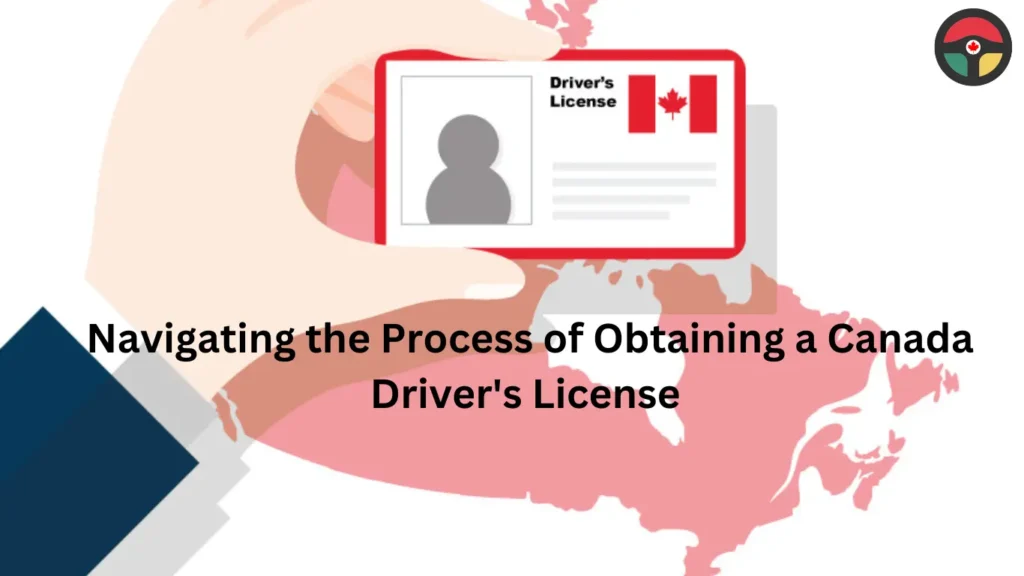Everything You Need to Know about Getting a Canada Driver’s License
Introduction
Driving is not just a mode of transportation it’s a sense of independence and freedom. If you’re planning to drive in Canada you’ll need to understand the process of obtaining a Canada driver license and familiarize yourself with the driving rules.
How to get a Canadian driver’s license
Finding how to get a Canadian driver’s license involves a few key steps but with the right direction it can be a flat and rewarding process. First you’ll need to pass a knowledge test to understand the rules of the road followed by a road test to demonstrate your driving skills. It helps in learning these exams that requires one to register in a certified driving school. Road Safety Canada offers expert driving lessons designed to equip you with the skills and confidence desirable to pass your tests and drive securely. Start your journey toward a Canada driver’s license by visiting roadsafetycanada.com today!
This complete guide will walk you through the steps rules and regulations of driving in Canada.
International Driving Permit (IDP)
To drive beyond the temporary use period you’ll need to obtain an International Driving Permit (IDP) from your home country. This permit will allow you to stay driving in Canada. Once again, note that the IDP is not a standalone document and will have to be attached to your special license.

Canadian Driving License Process
If you’re planning to stay in Canada for an extended period it’s advisable to obtain a Canadian driver’s license. It differs depending on the province in which you are but the identified steps are followed anyway.
Step 1: Eligibility
To be eligible for a driving licence canada you usually need to be a legal resident of the province and meet the minimum age requirement which is typically 18 or 19 years.
Step 2: Knowledge Test
To get a Canadian license the first requirement is to pass a knowledge test. This test has questions on Road Signs, Rules and Driving Practices and it is meant to determine how much you understand. Incarcerate yourself with the official driver’s handbook of the province you intend to take the test from.
Step 3: Learner’s Permit
Once you pass the knowledge test you’ll receive a learner’s permit. This permit enables the holder to drive under situations of probation such as having a fully licensed driver alongside.
Step 4: Driving Practice
During the learner’s permit phase practice your driving skills under various conditions and weather. Experience hours vary by province wherein each province has set a measuring of the minimum hours that one should complete before proceeding to the next level.
Step 5: Road Test
Road test assesses your practical driving abilities; Make sure that you rehearse some of these maneuvers including parallel parking, lane changes among others. The road test is a way of getting to the next step towards getting a full driver’s license in Canada.
Step 6: Full License
After passing the road test and meeting all the requirements you’ll be issued a full Canadian driver’s license. Congratulations you’re now ready to explore the beautiful Canadian roads!
Canada Driving Rules and Regulations
To drive in Canada you must follow certain laws and regulations which are well defined for street racing. It is imperative to know that the following rules protect the lives of all the users of the roads and also helps in minimizing traffic jam.
Speed Limits
As in most of the countries of the world, the speed limits are in kilometers per hour (km/h) in Canada also. They depend with the type of road and area being constructed. For example residential areas usually have a speed limit of 30-50 km/h while highways may have limits ranging from 80 to 110 km/h.
Seat Belts
This means that all the individuals in the car are supposed to wear seat belts. The task of making sure that all passengers are strapped in will always lie upon the driver.
Distracted Driving
Ban on the use of handheld devices is admitted while driving in most provinces. That involves texting, use of phone to make and receive calls among other activities that compromises the driver’s attention on the road.
Driving Under the Influence
In Canada, the act of operating a vehicles while under the influence of alcohol and or drugs is a offense. The legal BAC limit for fully licensed drivers is usually 0 that is, the proportion of alcohol in the drivers’ bloodstream when tested. 08%.
FAQs about Canada Driver’s License
What’s the minimum age to apply for a Canadian driving license?
It also changed with provinces so this appears to be the minimum age to gamble 18 or 19.
Do I need to take a knowledge test to get a Canadian license?
Yes passing a knowledge test is a mandatory step in the process of obtaining a Canadian driver’s license.
How do speed limits work in Canada?
Speed limit signs uses Kilometer per hour (km/h) and there are different speed limits depending on the type of road and area.
Are seat belts mandatory in Canada?
Yes, Seat belt is compulsory for every person who is in that car even if the car is driven by him.
What is considered as the legal blood alcohol concentration for operation of a motor vehicle in Canada?
The legal BAC limit for fully licensed drivers is normally a 0. 08%.
Conclusion
One of the crucial important steps that any person who intends to operate a vehicle within the Canada region must undergo through is getting Canada driver’s license. If one is interested in getting a Canadian license then it is very important to know the rules and regulations in order to make the driving as enjoyable as possible. It is also important to note that safety and proper use of car during the trips while taking pictures of these beautiful places in our Canada world



